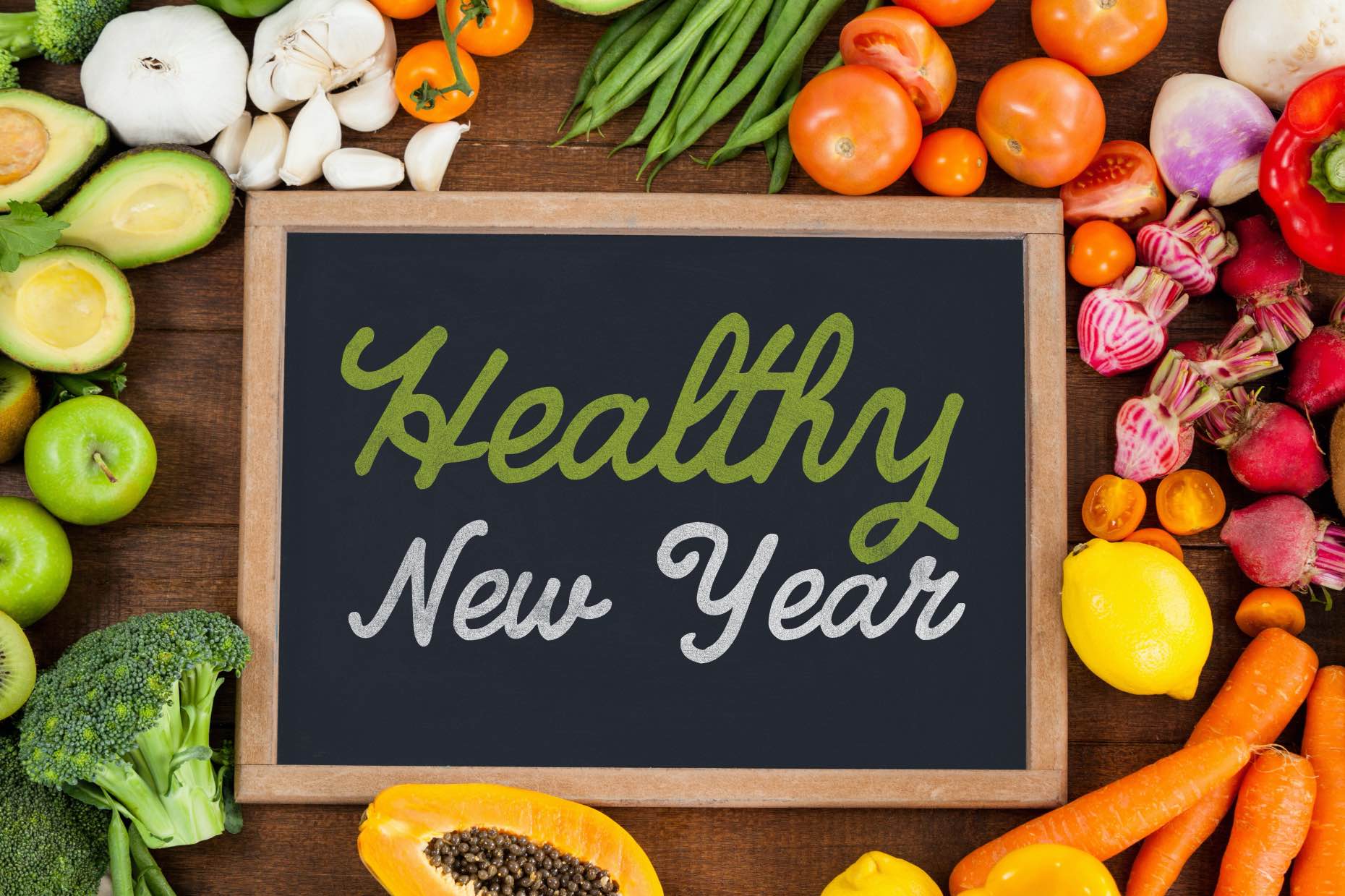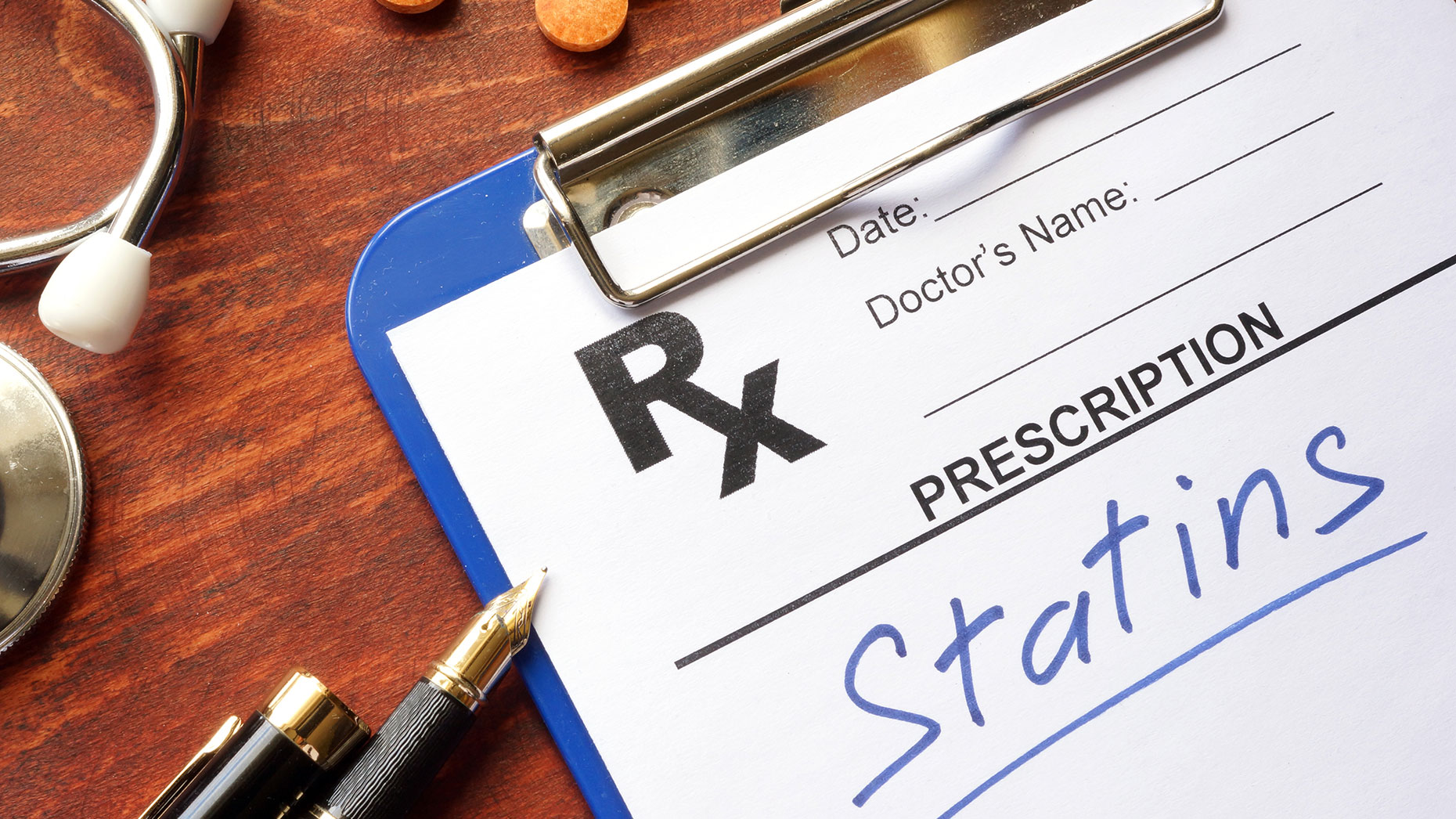We are bombarded with many health messages; some of them can be helpful, others can be questionable at best, and some are positively misleading.
Here are five of them with an examination of the facts behind the claims:
Aim for 10,000 steps every day
You heard the advice, we’re being encouraged to walk more and there are many apps on smartphones to monitor movement and produce daily activity reports. You can even get sensors to wear on you wrist to supposedly give more accurate monitoring – and help you achieve those movement goals.
While it’s important for everyone to maintain activity, upon closer examination the 10,000 steps recommendation might be just a few steps too far. Upon an in depth analysis of the health benefits of walking carried out by The Harvard Medical School, researchers found that the golden minimum number of steps is just 4,400 and benefits increased up until 7,700 steps – but then reduction in mortality rates plateaued. So walking over 7,700 might help you burn a few more calories but it does not necessarily aid in longevity.
“We were quite surprised that such a relatively small number of steps would be associated with such a substantial reduction in mortality,” said researcher I-Min Lee.
So the message is definitely to walk more if you’re completely sedentary, but don’t obsess on the 10,000 steps! Walking your dog every day, not using the car for short journeys, and walking your kids to school are three ways to easily achieve the 4,400 steps. Steps can easily be accumulated shopping especially if you park a bit further from the store entrance.
Source: JAMA Internal Medicine, 2019; doi: 10.1001/jamainternmed.2019.0899
Move more and eat less to lose weight
While this mantra is broadly correct, there are a few things to consider. Calories have long been the accepted way of measuring energy in food – they are calculated using a very old fashioned and crude method of measuring the energy required to raise one gram of water up 1º C in temperature. Foods are burnt to test these values. But calories are not all equal.
Some things to consider: Fibre has calorific value and is classed as a carbohydrate. However, it mostly passed though the digestive tract, and higher fibre actually helps slow the release of energy and can therefore be useful in controlling weight.
Calories from fat are double those from protein and carbohydrates (by equal weight), and yet research shows that healthy fats from oily fish, nuts, avocados, olive oils etc. can benefit health and because of their high satiety value (making you feel full longer) they too can help with weight control.
The calories associated with sugars and refined carbohydrates carry no nutritional value (no vitamins or minerals) and these cause spikes in blood sugars, which then causes the body to release insulin more quickly. Over time this can begin to lead to “insulin resistance” which is then on the pathway to T2 diabetes. Therefore, limiting sugars and refined carbohydrates has clear health benefits, and can help control weight.
In summary we need to eat less refined carbohydrates, but we could eat more fresh vegetables, nuts and avocadoes etc. with positive benefits.
Moving more — In reality it’s not just moving more, but how you move that counts. There has been a lot of research into High Intensity Interval Training (HIIT) which shows that short bursts of intense training with rest periods in between can achieve much faster results than hours and hours on cardio-vascular training machines.
Just ten minutes a day can deliver some remarkable results. It is important to consult your medical practitioner before embarking on any HIIT training as this can be dangerous in previously sedentary people. Information on HIIT training is widely available and some research into its effect in reversing insulin resistance can be found here.
Eggs are bad for your heart
This myth came about during the 1980s when folks realised that the yolks in eggs are relatively high in cholesterol. Advice back then was no more than 2-3 eggs should be consumed per week. However, fast forward to current information, and we now know that eggs are in fact a nutritious “super-food” containing quality proteins, a good mix of fats including omega 3s which can actually lower the risk of heart disease. However, all eggs are not equal. Free-range eggs from happy hens are much more nutritious as well as tasting better.
Free range eggs give:
- 1/3 less cholesterol
- 1/4 less saturated fat
- 2/3 more vitamin A
- 2 times more omega-3 fatty acids
- 3 times more vitamin E
- 7 times more beta carotene
And for just a few more pennies, you can make a better choice, and help hens enjoy a better life.
Being cold gives you a cold
No matter what your grandma might’ve told you, spending too much time in the cold air doesn’t make you “catch a cold”. Indeed, researchers found that healthy men who spent several hours in temperatures just above freezing had an increase in healthy, virus-fighting activity in their immune systems.
In fact, you’re more likely to get sick indoors, where germs are easily passed around. Cold and flu viruses spread through microscopic droplets from an infected person’s respiratory system. That person sneezes or coughs, and droplets are sprayed onto any nearby surface — or person. If you rub your eyes or nose, you’ve just infected yourself.
Viruses can survive for hours on surfaces and are mainly passed through contact with the hands. Washing hands properly and regularly is one of the best ways to minimise infection. Also cleaning surfaces with a mild bleach solution can help wipe out the viruses that might settle there. Try not to touch surfaces in public places – lift buttons, door handles, and stair rails all harbour these viruses. Some hand sanitizer can help if you’re worried, and is very useful in the winter months.
Hand washing can reduce your chances of catching a cold by as much as 40%. By comparison the flu jab only reduced your chance of getting flu by 12% in 18-64 year olds during the year 2017/18 according to the UK government’s figures.
You can cure a hangover
Sadly this just isn’t true, and at this time of year many people would wish that there was a magic cure. Many of the symptoms of hangover are caused because the alcohol acts as a powerful diuretic and hence the British slang term “getting pissed” which always amuses our American friends who wonder why we’re all getting angry when we celebrate this side of the pond.
The diuretic effect over a long period of time means that the main culprit is dehydration in causing the bad head in the morning. However, alcohol is also a depressant and its effects can take some time to wear off. Drinking plenty of water before bed can really help, and as our continental cousins have known for years — interspersing the wine with mineral water is a very sensible move.
There has been some research to show that Milk Thistle, (Silybum marianum) can help support liver function. Not only is it used to protect against toxins like amatoxin (a subgroup of toxic compounds found in poisonous mushrooms), which can be deadly if ingested, but it’s also used to treat both alcoholic liver disease and non-alcoholic liver fatty disease.
Even more, studies show milk thistle may help reduce liver inflammation and liver damage in people with liver diseases and that it may extend the life expectancy of people with cirrhosis due to alcoholic liver disease. However, I wouldn’t suggest that anyone drinks to the point of cirrhosis before looking for a cure! Unfortunately, there isn’t much research evidence to support the use of Milk Thistle as a hangover cure, but it never hurts to take out some insurance for the liver if you’re out often and party hard.







